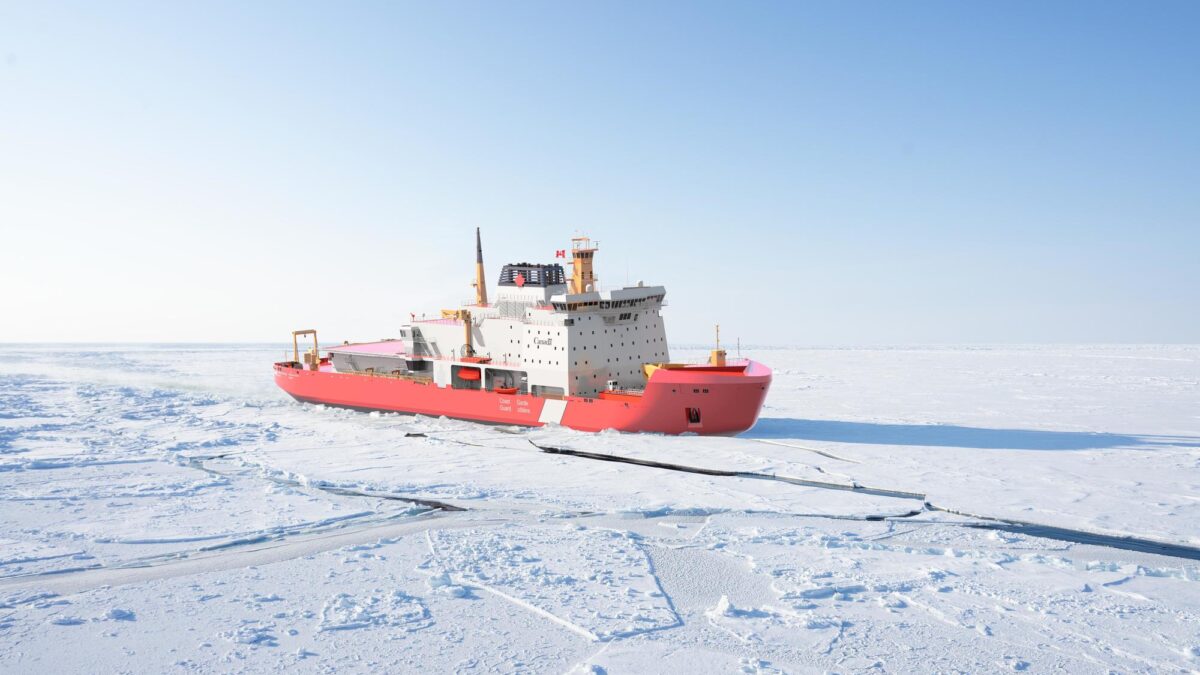Seaspan Shipyards is gearing up for a significant milestone as the Canadian Coast Guard (CCG) reveals the names of its newest heavy Polar Icebreakers, the CCGS Arpatuuq and CCGS Imnaryuaq. These state-of-the-art vessels will serve as the crown jewels of the Coast Guard’s fleet, with construction of the first ship set to commence at Seaspan’s Vancouver Shipyards later this year.
Upon completion, the CCGS Arpatuuq and CCGS Imnaryuaq will stand as the largest ships in the Coast Guard’s arsenal, delivering crucial capabilities that will enable year-round operations in the challenging conditions of the Canadian Arctic. These ships will play a vital role in icebreaking and navigation, supporting Indigenous Peoples and Northern communities, asserting Arctic sovereignty, conducting high Arctic scientific research—including studies on climate change—and responding to security and emergency situations.
Seaspan’s engineering team, collaborating closely with the Canadian Coast Guard and its partners, has already completed 80% of the functional design for the Polar Icebreaker. The production design is progressing as planned, ensuring that construction can begin by the end of this year.
“Seaspan is in the midst of building 21 icebreaker class vessels including the ‘Polar Class 2’ Polar Icebreaker, and 16 ‘Polar Class 4’ Multi Purpose Vessel icebreakers. This makes Seaspan one of the leading icebreaker builders in the world today and for decades to come,” said John McCarthy, CEO, Seaspan Shipyards. “Following our recent, successful launch of CCGS Naalak Nappaaluk, the Canadian Coast Guard’s most modern ice capable science research vessel, Seaspan is continuing to design, build and deliver highly capable Polar Class vessels which has us in an ideal position to play a major role in the ICE Pact program.”
To prepare for full-scale construction, Seaspan earlier this year successfully built a Polar ‘Prototype Block,’ which allowed its production teams to refine their processes. This prototype phase yielded significant advancements in three key areas: optimizing design for manufacturing, testing new equipment and procedures, and validating the quality of manufacturing with the specialized, thicker steel required for these robust vessels.
With these preparations in place, Seaspan is on track to begin the next chapter in its long history of shipbuilding, contributing to Canada’s maritime strength in the Arctic.

